The artists connecting with the writings of Virginia Woolf
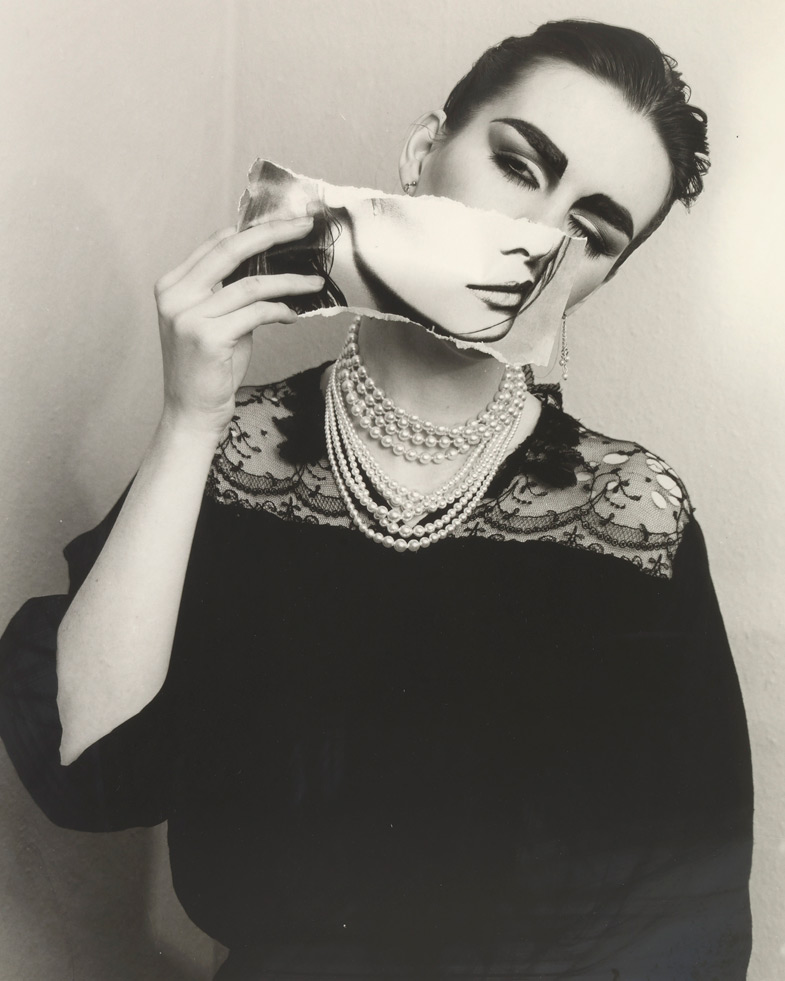
Growing up, Virginia Woolf spent family holidays in St Ives, and the Cornish town and surrounding coastal landscapes left a profound impression on the British modernist author, later becoming a constant reference in her writing – The Godrevy Lighthouse of St Ives Bay is famously transposed to Scotland in her 1927 novel To The Lighthouse.
As much as the rugged, rolling landscapes were the basis for Woolf’s settings, her fiction is equally well known for its symbolic interiors, most vivid in her seminal work, A Room of One’s Own.
Tate St Ives celebrates Woolf’s scenes and their metaphors in a major new exhibition; it's the first time that Woolf’s writing and feminism has been explored in this way, through the visions of more than 80 artists of the 19th and 20th centuries, not all of them blockbuster names, but including some, such as Laura Knight, Barbara Hepworth, Linder, Claude Cahun, and Woolf’s sister, the painter Vanessa Bell.
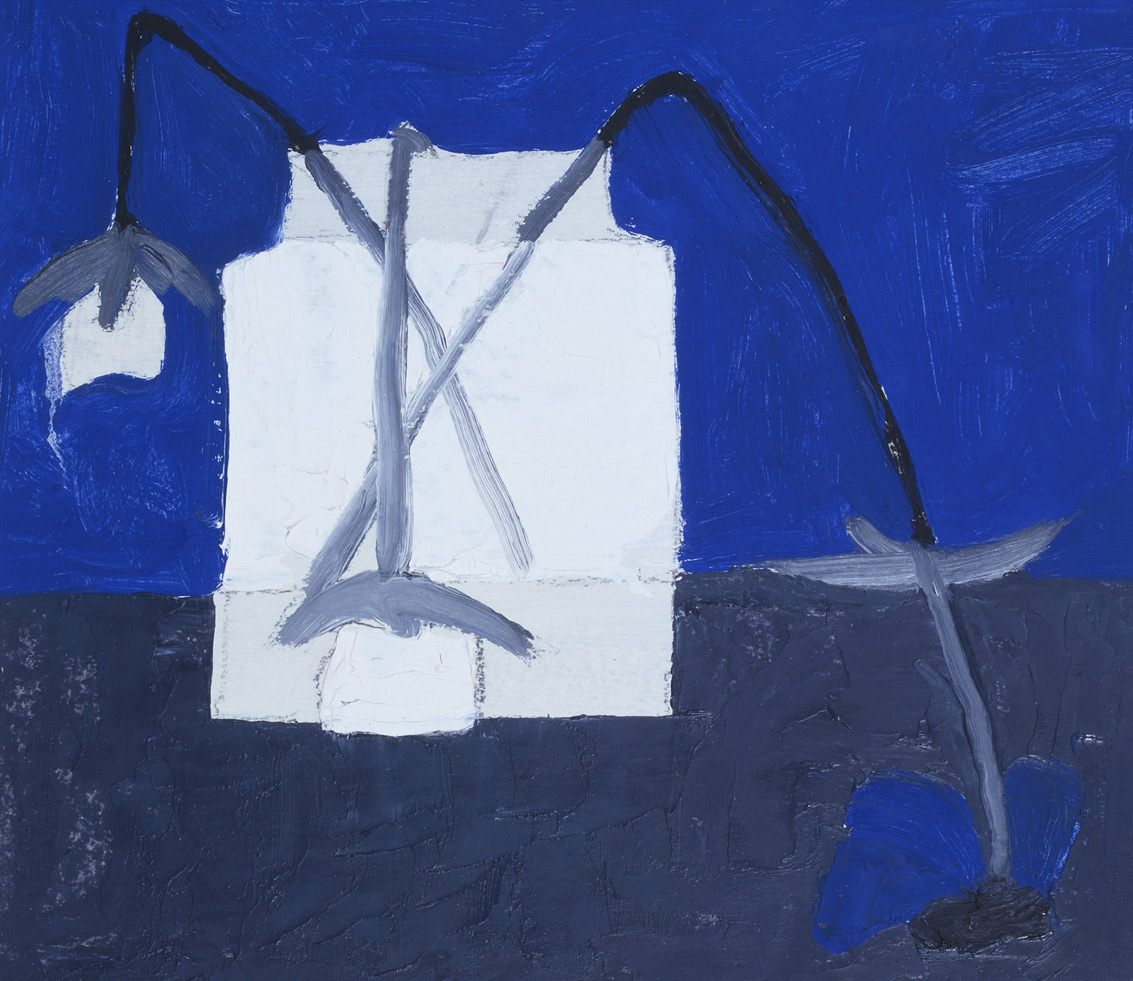
Blue Anemone, 1957, by Margaret Mellis, oil on board.
Going back to 1854 – three decades before Woolf was born – the works trace a trajectory of female frustration with the patriarchy. For most of that history, as Woolf herself wrote, ‘Anonymous was a woman’ – and many of these works received little attention in their day, and many of the artists have been neglected or forgotten.
Neatly divided into two ‘sections’, one looking outwards and the other in, there are many satisfying visual connections between Woolf’s room and the mustard Chintz sofa Ethel Sands painted in 1910, or the view from Knight’s rainy window. The fragmented self-portraits of feminine identity as depicted by Linder or Cahun’s photographs, meanwhile draw on Woolf’s ambivalence about a woman’s physical space and social role. There is further, meandering symbiosis between Woolf’s words, the undulating landscapes outside the gallery, and the crafted curves of Paule Vézelay’s plaster sculptures, among others.
One hundred years on from the historic moment women in Britain could vote for the first time, the exhibition is also, of course, an opportunity to reflect back on the progress women have made in society in terms of rights, and how these changes have affected their image of themselves – proud, dejected, determined, disabused – and how they perceive their position in the world.

Spanish Landscape with Mountains, c1924, by Dora Carrington, oil paint on canvas.

The Chintz Couch, c1910-1, by Ethel Sands, oil paint on board.
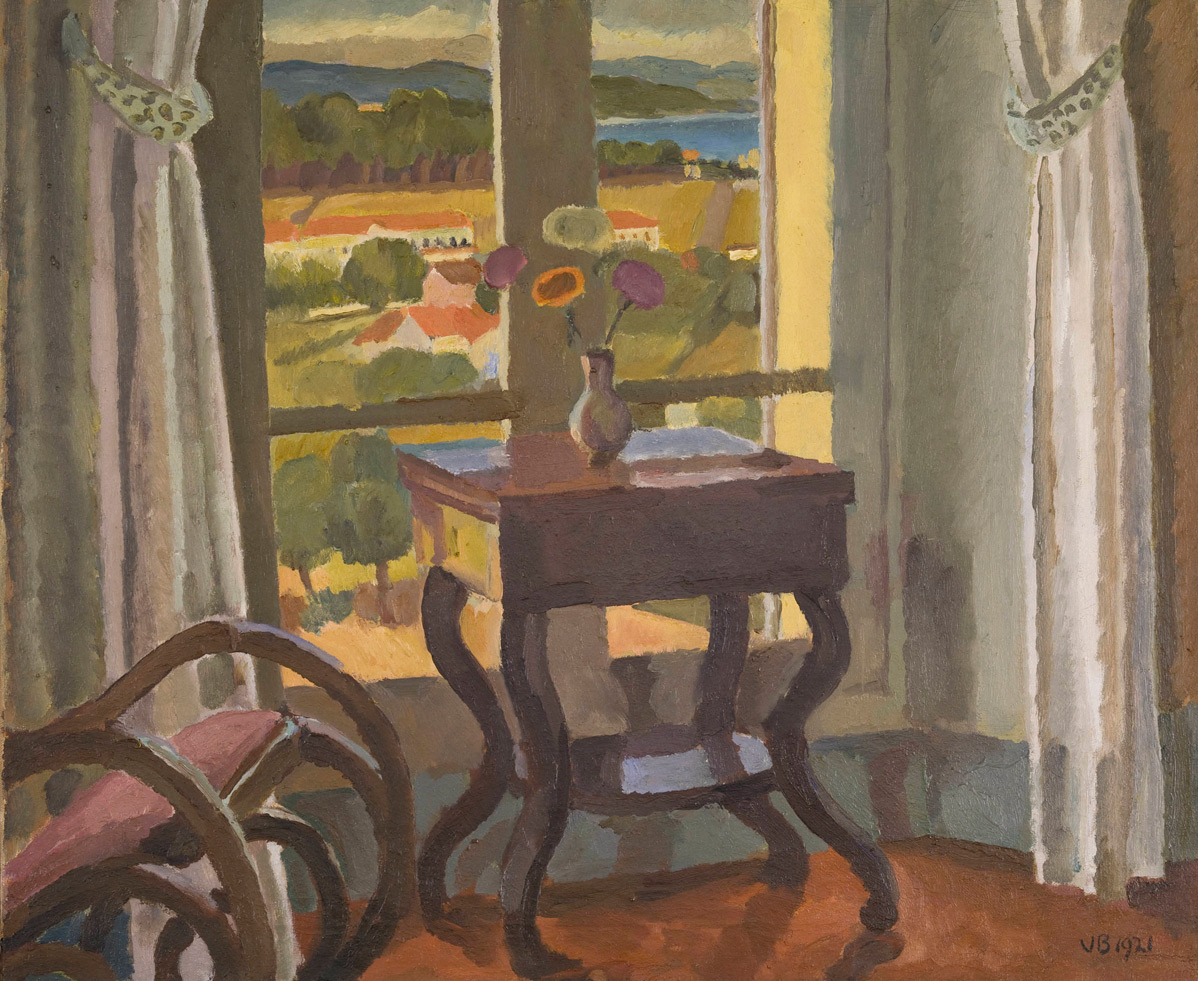
Interior with a Table, 1921, by Vanessa Bell, oil paint on canvas. © Tate
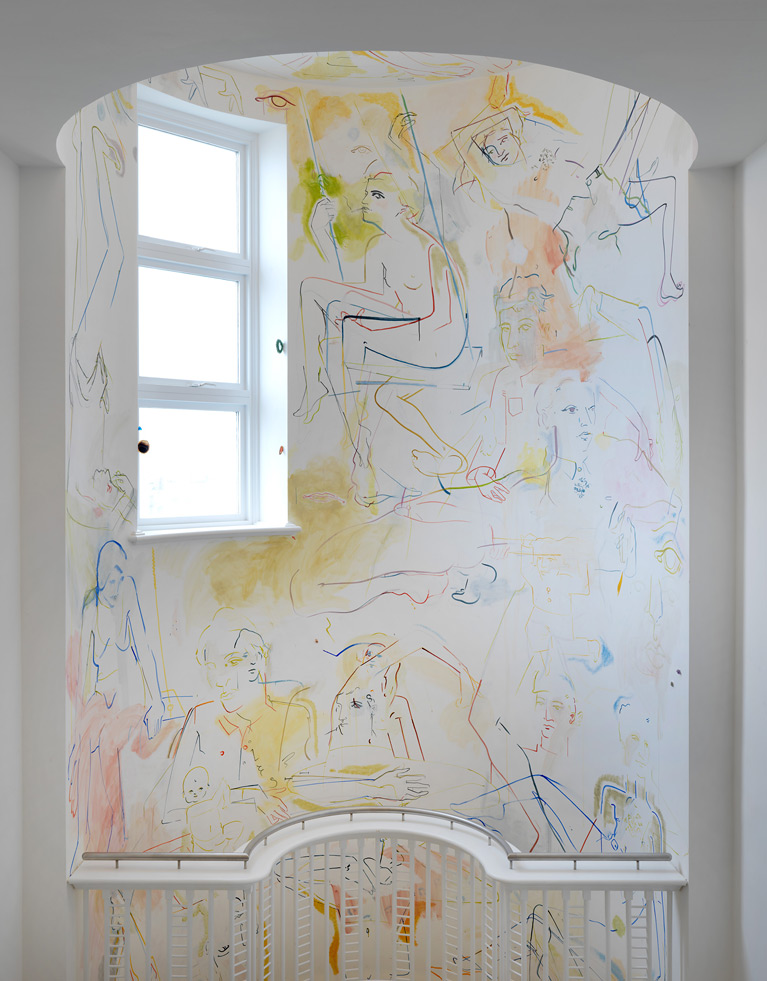
Collapsing New People, 2017, by France-Lise McGurn, acrylic, pearls and semi-precious stones.
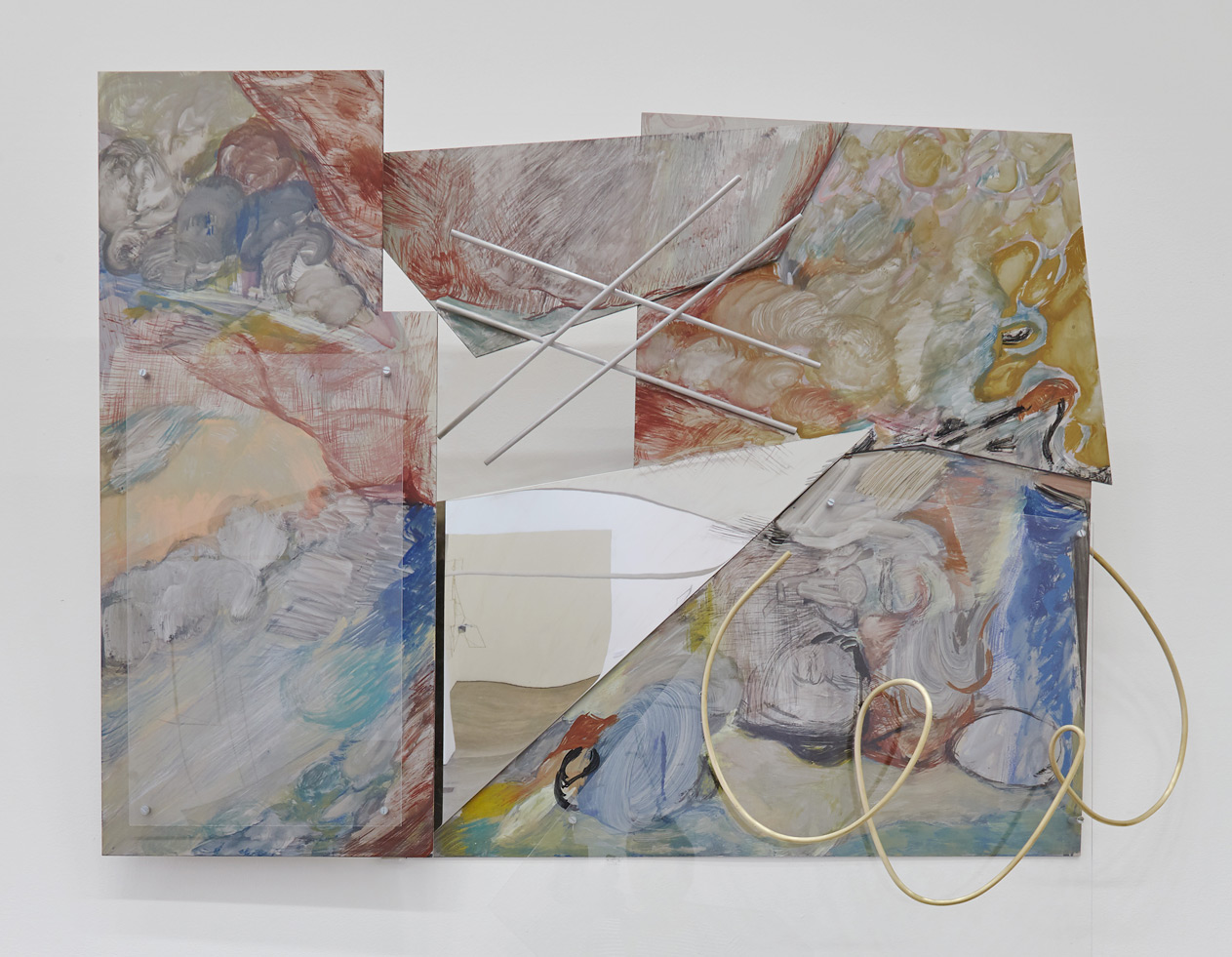
Soil like toppled alphabets, 2016, by Sara Barker.
INFORMATION
‘Virginia Woolf: An Exhibition Inspired By Her Writings’ is on view at Tate St Ives until 29 April. The exhibition will run at Pallant House Gallery, Chichester, from 26 May – 16 September; and Fitzwilliam Museum, Cambridge, from 2 October – 9 December. For more information, visit the Tate St Ives website
ADDRESS
Tate St Ives
Porthmeor Beach
Saint Ives TR26 1TG
Receive our daily digest of inspiration, escapism and design stories from around the world direct to your inbox.
Charlotte Jansen is a journalist and the author of two books on photography, Girl on Girl (2017) and Photography Now (2021). She is commissioning editor at Elephant magazine and has written on contemporary art and culture for The Guardian, the Financial Times, ELLE, the British Journal of Photography, Frieze and Artsy. Jansen is also presenter of Dior Talks podcast series, The Female Gaze.
-
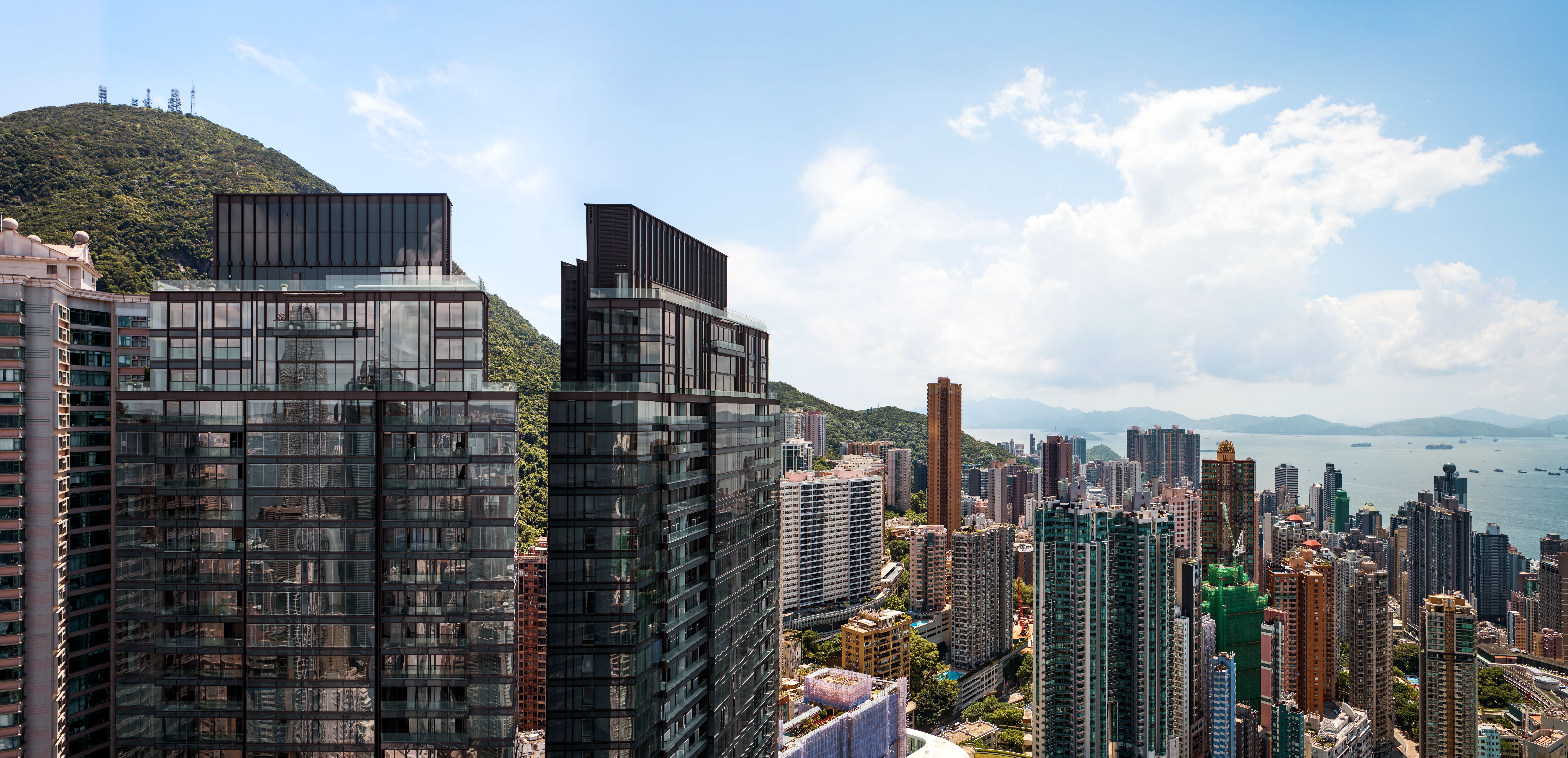 Discover The Legacy, Hong Kong’s eye-catching new condo
Discover The Legacy, Hong Kong’s eye-catching new condoThe Legacy, by ACPV Architects Antonio Citterio Patricia Viel, is a striking new condo tower that aims to ‘create a sense of community and solidarity among people’
-
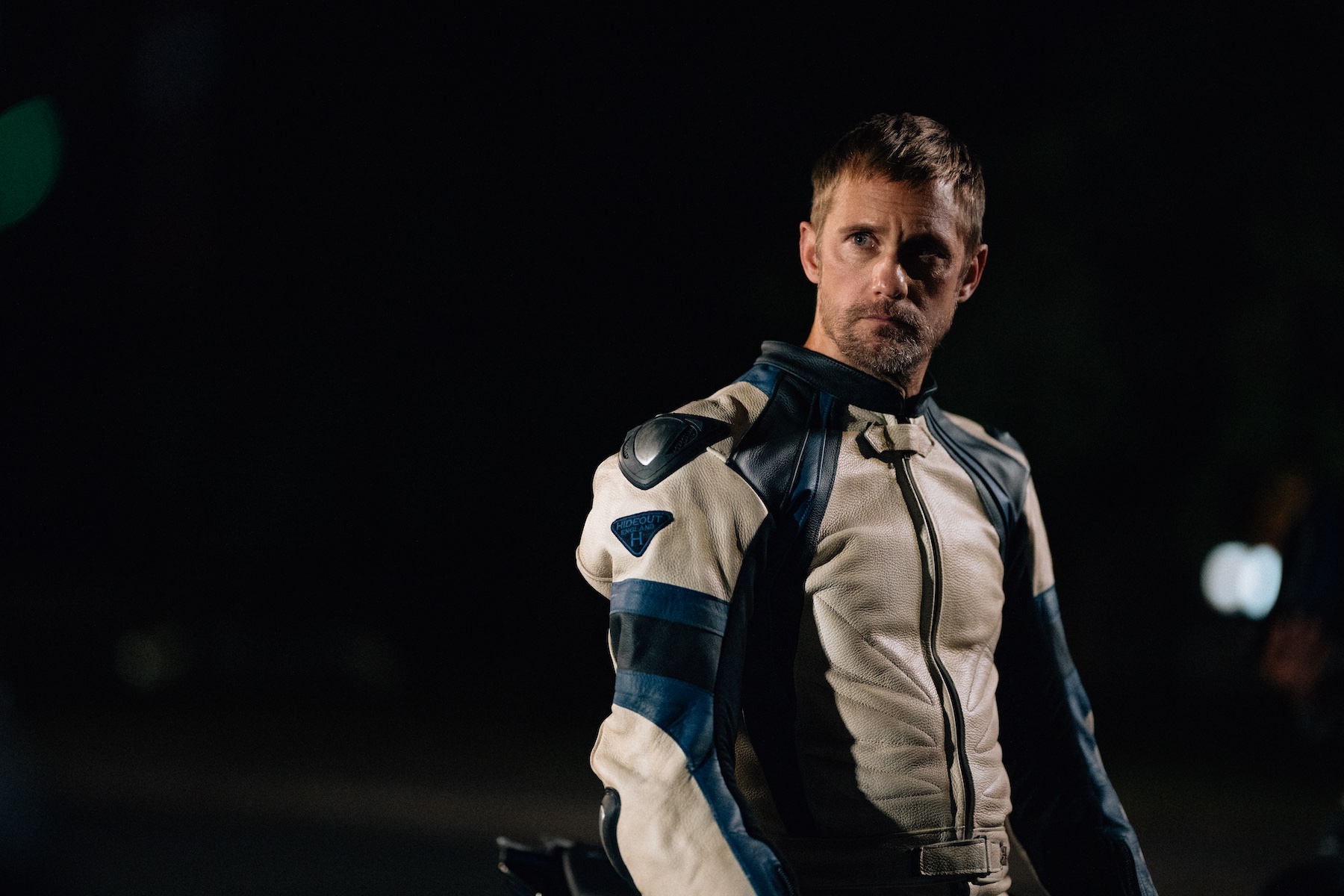 In BDSM biker romance ‘Pillion’, clothes become a medium for ‘fantasy and fetishism’
In BDSM biker romance ‘Pillion’, clothes become a medium for ‘fantasy and fetishism’Costume designer Grace Snell breaks down the leather-heavy wardrobe for the Alexander Skarsgård-starring Pillion, which traces a dom/sub relationship between a shy parking attendant and a biker
-
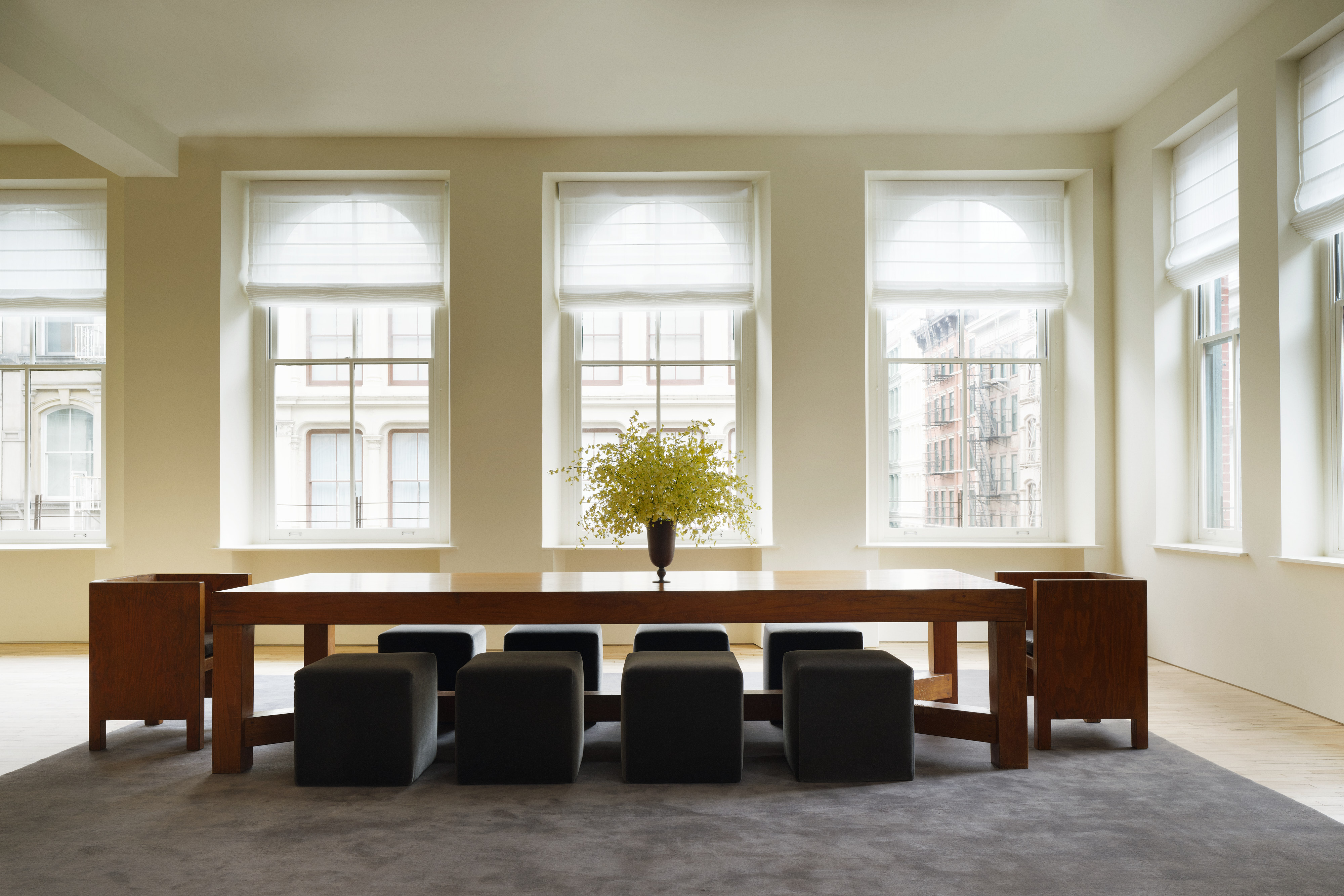 Tour Aflalo’s first retail space, a gallery-like studio in New York
Tour Aflalo’s first retail space, a gallery-like studio in New YorkLight-filled and elegant, Aflalo has opened its first retail space in a classic Soho loft, reimagined by Nordic Knots Studio
-
 This Gustav Klimt painting just became the second most expensive artwork ever sold – it has an incredible backstory
This Gustav Klimt painting just became the second most expensive artwork ever sold – it has an incredible backstorySold by Sotheby’s for a staggering $236.4 million, ‘Portrait of Elisabeth Lederer’ survived Nazi looting and became the key to its subject’s survival
-
 Meet Eva Helene Pade, the emerging artist redefining figurative painting
Meet Eva Helene Pade, the emerging artist redefining figurative paintingPade’s dreamlike figures in a crowd are currently on show at Thaddaeus Ropac London; she tells us about her need ‘to capture movements especially’
-
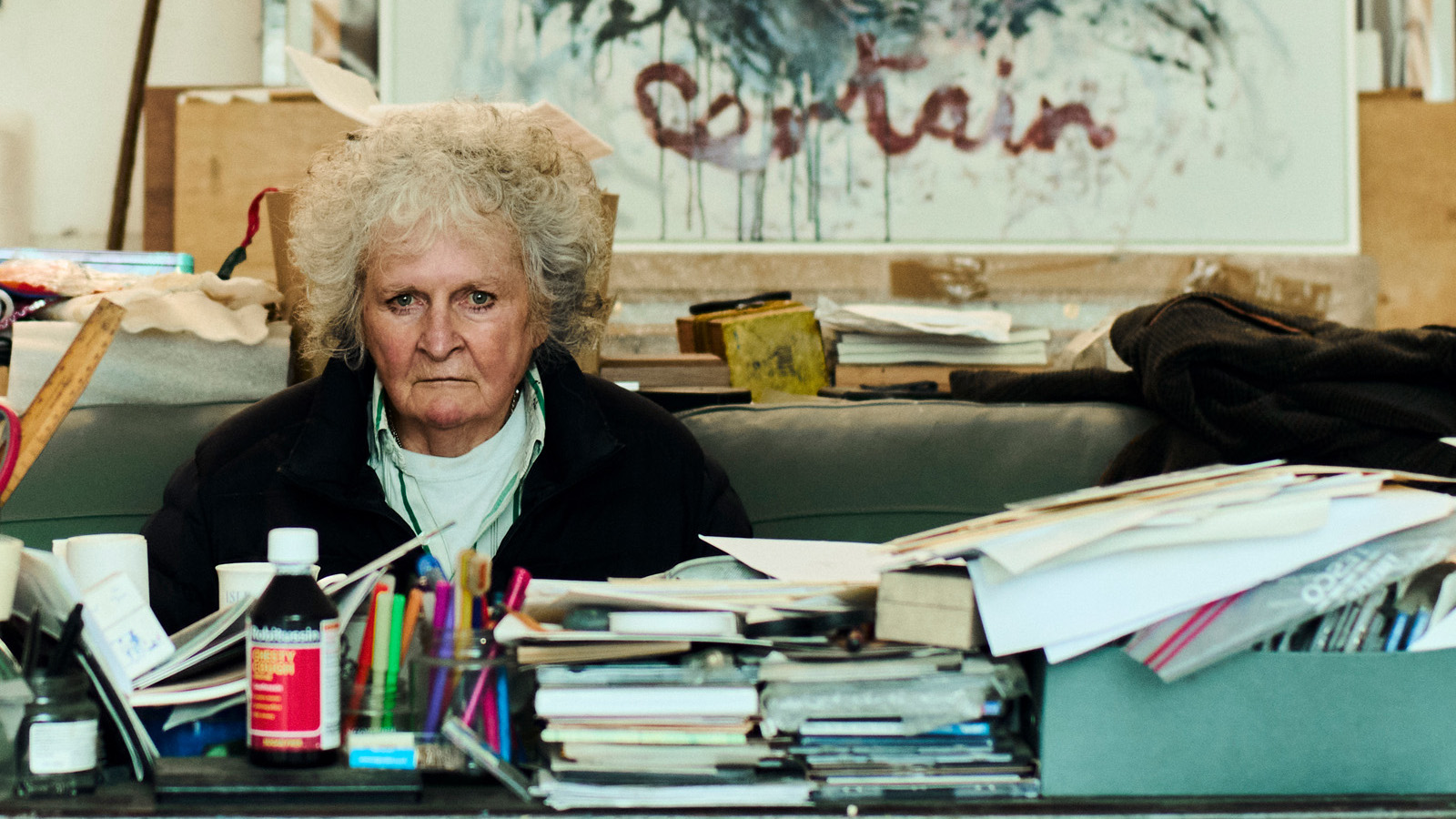 Maggi Hambling at 80: what next?
Maggi Hambling at 80: what next?To mark a significant year, artist Maggi Hambling is unveiling both a joint London exhibition with friend Sarah Lucas and a new Rizzoli monograph. We visit her in the studio
-
 Out of office: The Wallpaper* editors’ picks of the week
Out of office: The Wallpaper* editors’ picks of the weekThis week, the Wallpaper* editors curated a diverse mix of experiences, from meeting diamond entrepreneurs and exploring perfume exhibitions to indulging in the the spectacle of a Middle Eastern Christmas
-
 Artist Shaqúelle Whyte is a master of storytelling at Pippy Houldsworth Gallery
Artist Shaqúelle Whyte is a master of storytelling at Pippy Houldsworth GalleryIn his London exhibition ‘Winter Remembers April’, rising artist Whyte offers a glimpse into his interior world
-
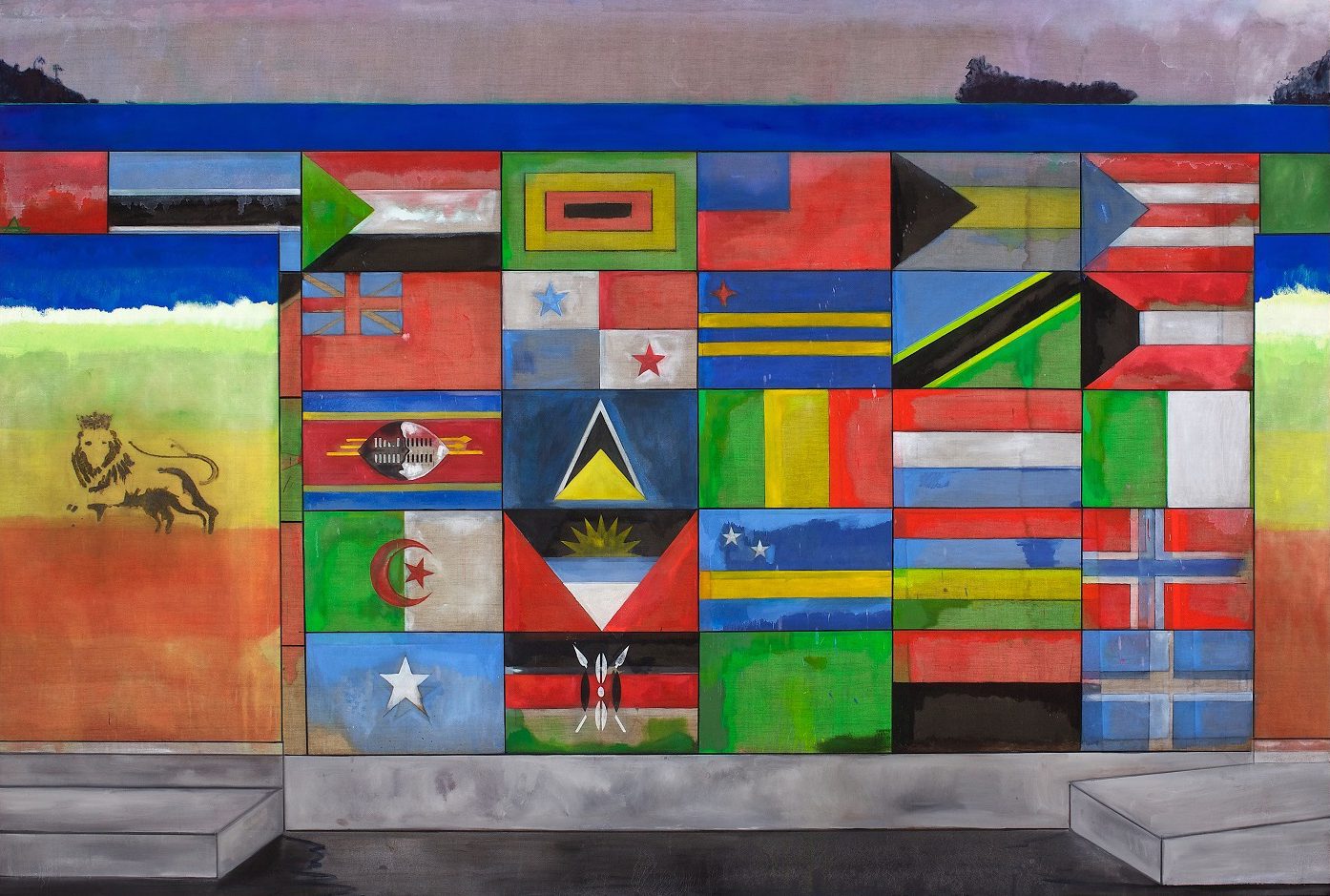 ‘Sit, linger, take a nap’: Peter Doig welcomes visitors to his Serpentine exhibition
‘Sit, linger, take a nap’: Peter Doig welcomes visitors to his Serpentine exhibitionThe artist’s ‘House of Music’ exhibition, at Serpentine Galleries, rethinks the traditional gallery space, bringing in furniture and a vintage sound system
-
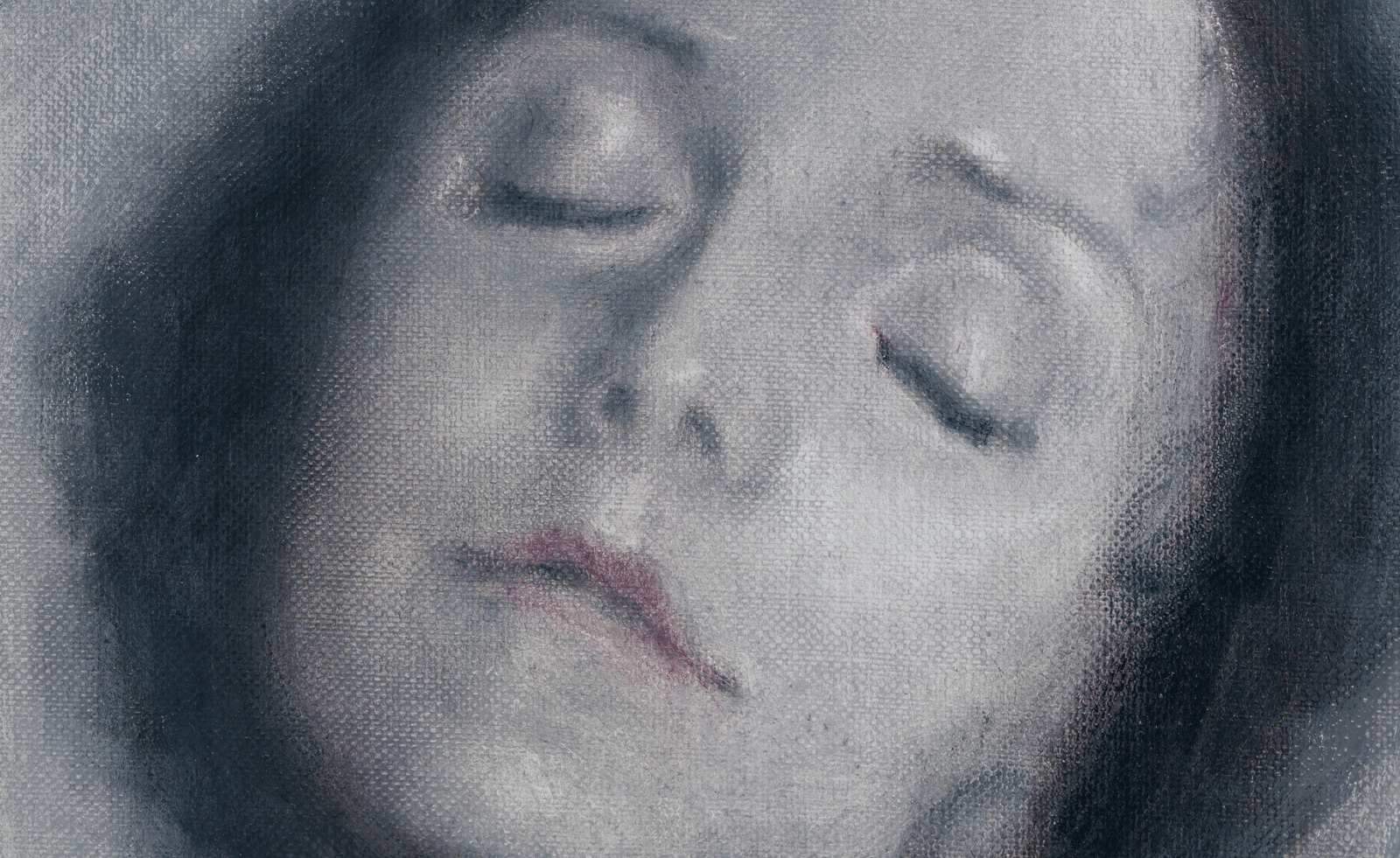 Classic figurative painting is given a glamorous and ghostly aura by Polish artist Łukasz Stokłosa
Classic figurative painting is given a glamorous and ghostly aura by Polish artist Łukasz StokłosaThe gothic meets the glamorous in Stokłosa’s works, currently on show at London’s Rose Easton gallery
-
 What's the story with Henni Alftan’s enigmatic, mysterious paintings? The artist isn’t saying
What's the story with Henni Alftan’s enigmatic, mysterious paintings? The artist isn’t sayingParis-based artist Henni Alftan's familiar yet uncanny works are gloriously restrained. On the eve of a Sprüth Magers exhibition in Berlin, she tells us why